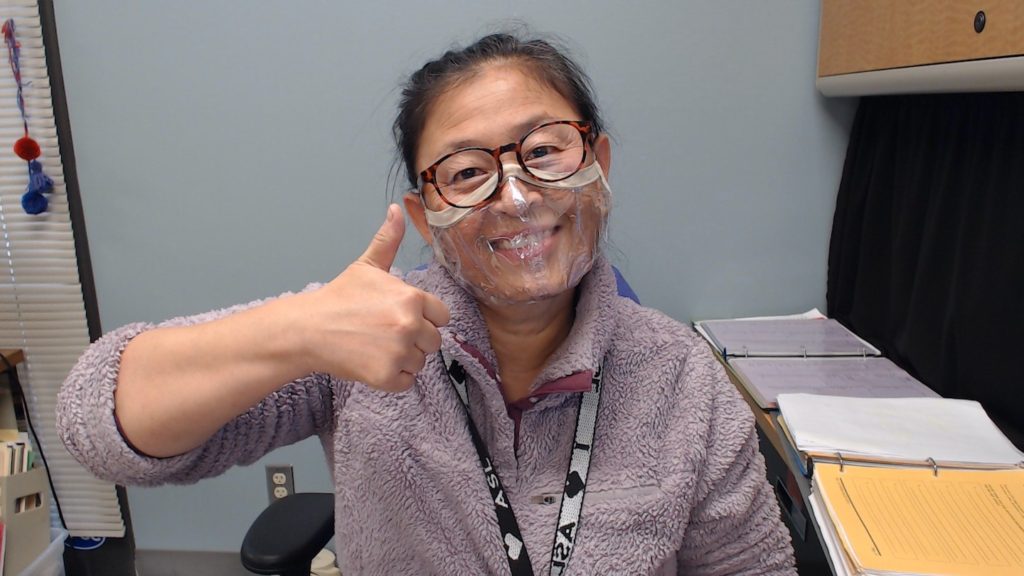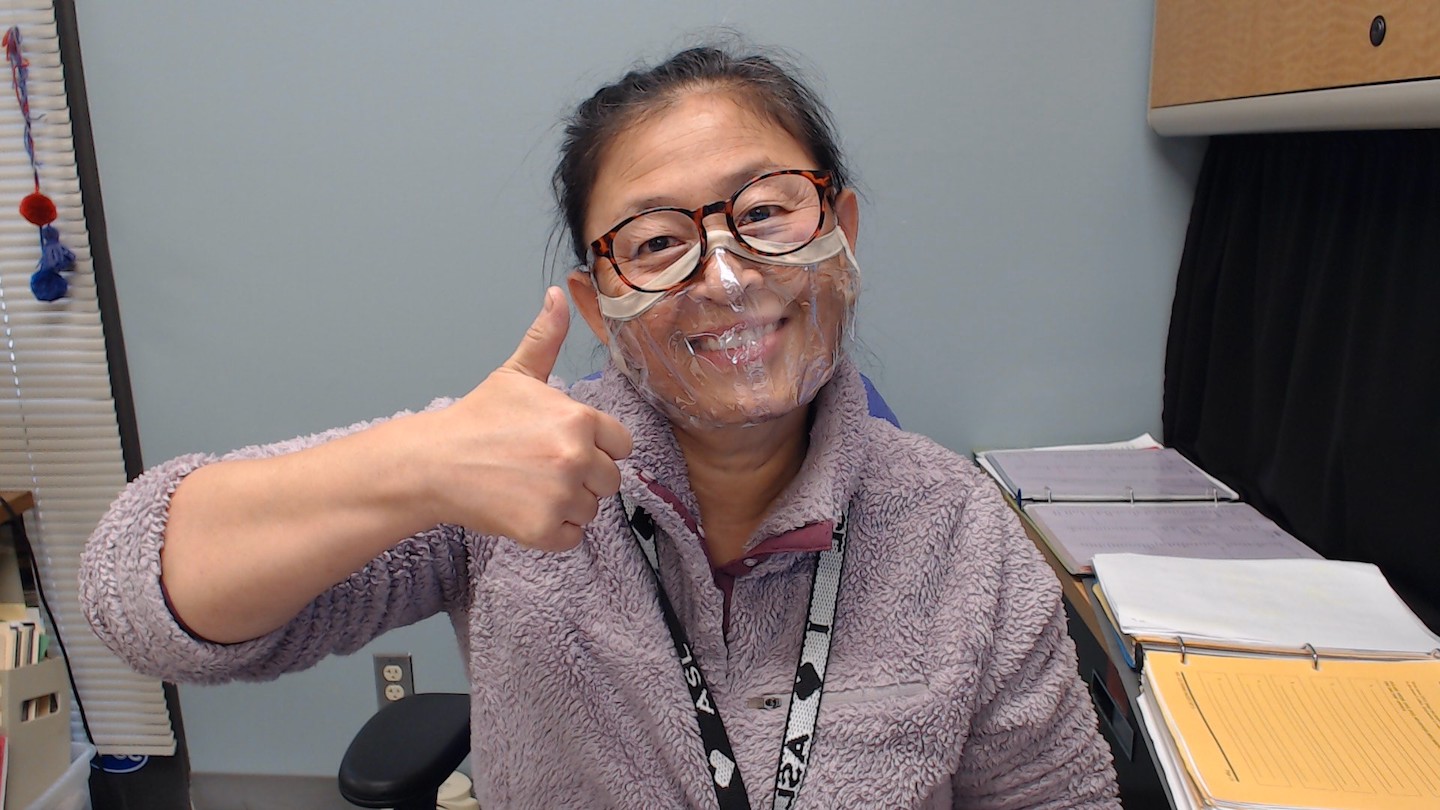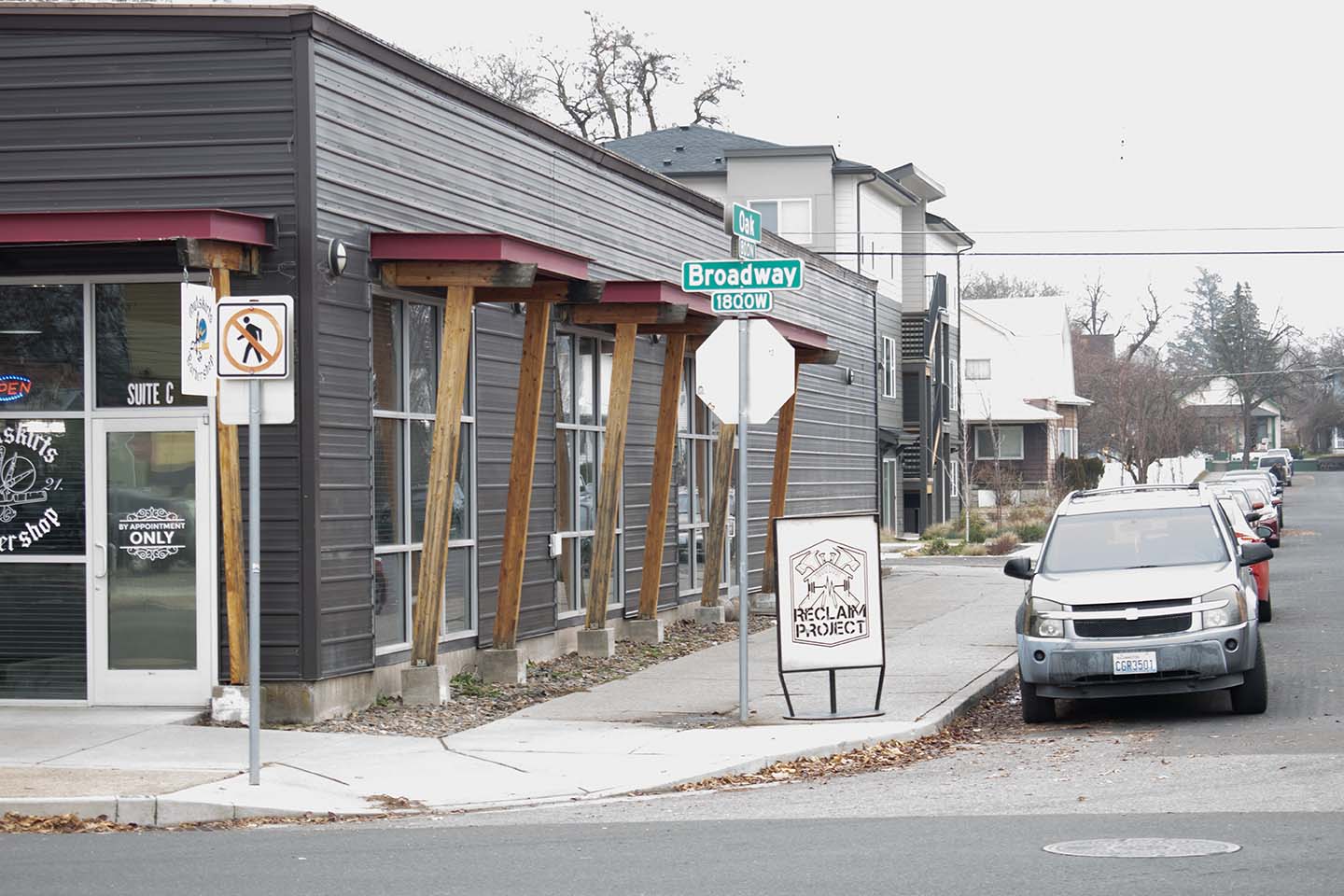
The biggest threat of exposure from COVID-19 is contact and close proximity. The best way to combat the spread of the virus is by wearing a mask and staying six feet apart. This causes a difficulty for the d/Deaf (lowercase d represents those who have retained some hearing, while capital D is for those in the community that are profoundly Deaf) and Hard of Hearing community that depend on specific ways to communicate.
Washington State placed a mandate at the beginning of the pandemic. Requiring all citizens to follow strict rules.
“An order from the secretary of health requires Washingtonians to wear face coverings in public spaces and shared spaces, both indoors and outdoors,” Washington State coronavirus response said.
The d/Deaf and Hard of Hearing community relies on the ability to see someone’s face while communicating. Those who are Hard of Hearing rely on lip reading to fill in the gaps of a conversation. While the d/Deaf community, especially the profoundly Deaf, need to see the face of the person they are communicating with.
American Sign Language (ASL) is the primary way of communication for the d/Deaf community in the United States. ASL uses hand signs coupled with facial expressions to convey the full meaning of the discussion. Many signs have similar hand movements, but with different facial expressions. Without facial cues many of these signs can be difficult to differentiate with each other.
“For deaf in the community, many have felt there was a double block in communication,”Melissa Pilant said. “We do require such strong facial expressions and body language to incorporate into the sign. When the face mask went on it limited the facial expressions and it was hard. You only had your eyebrows, you didn’t see much going on with the mouth at all. ”
Pilant is a Deaf professor with the interpreting program at SFCC. She teaches both online and in person. Layna Lamarche is also a Deaf professor with the interpreting program, but she teaches remotely from her home during the pandemic. Much like the rest of the d/Deaf community, Pilant and Lamarche have helped find an appropriate mask that helps their communication.
“ I really wasn’t that satisfied [with the first clear mask], because I have problems with some breathing,” Pilant said. “You have to take the mask off for water, so it was a little problematic, but we managed. The best thing I like so far is the shield. It’s not allowed at SFCC, and I have to follow the rules while I’m here.”
“ Last fall I taught deaf culture class with the masks,” Lamarche said. “We thought we would be able to use the face shields, but the administration said it was not enough cover to prevent COVID. It was illegal to use face shields all by themselves. It would only have 40 percent safety features, so back to the masks we went.”
After discovering that face shields flip off the head, they tried several different clear face masks. These masks help to see some of the facial expressions, but fog up from the signer’s breath.
“We would look for the non manual markers and then [the mask] would fog up,” Pilant said. “The [new] masks block our faces, [but] It was better than nothing. [Students] could see my face, my non manual markers, and my expressions.”
Communication that is centered around written or typed words is how many in the d/Deaf community communicate with the hearing world. Especially right now, it is the safest way.
“ Write [on] paper to communicate back and forth,” Lamarche said. “That is very helpful.”
The mandatory masks put in place by the state have helped limit the spread of the Coronavirus, and the d/Deaf community don’t want the safety of everyone to be put at risk. Keep your mask up then grab a piece of paper and a pen.


